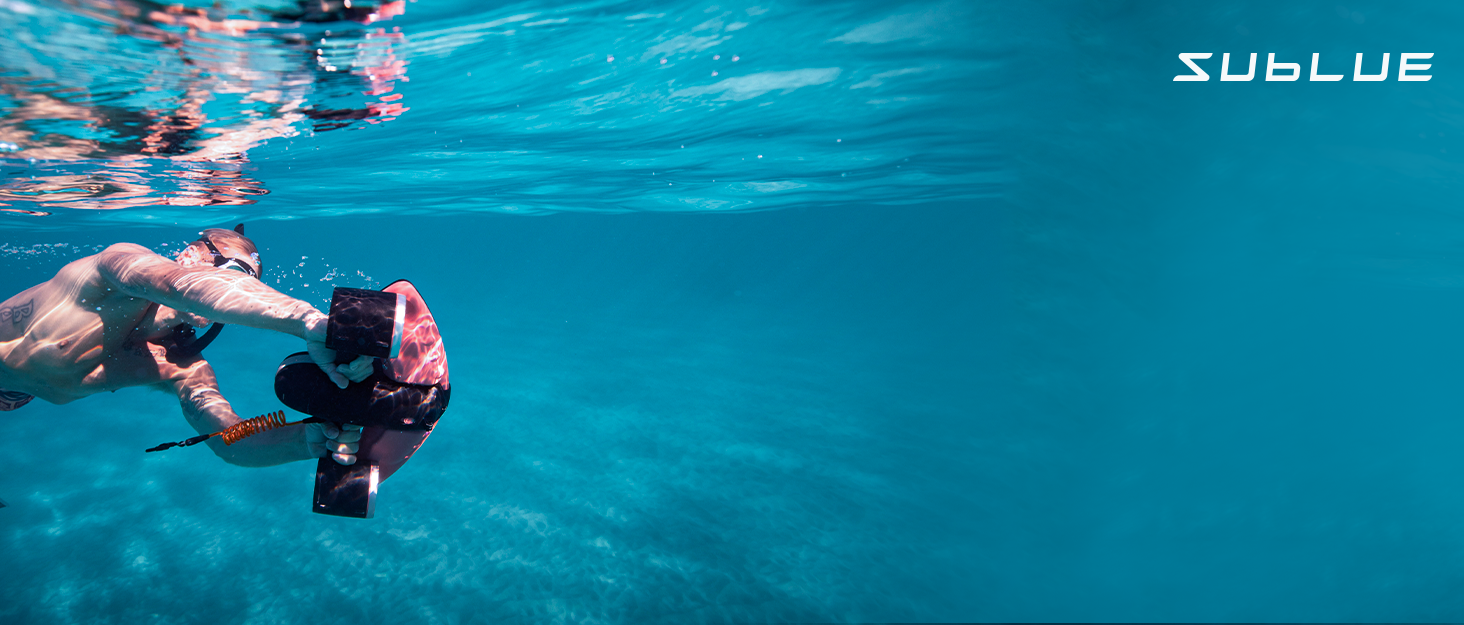To ensure the safe transport and optimal performance of your underwater scooter, especially with its lithium-ion (Li-ion) battery, please follow these guidelines. These steps will help you prolong the life of your scooter while adhering to safety standards and regulations.
1. Transporting Your Underwater Scooter
Lithium-ion batteries are classified as dangerous goods under international transport regulations. Adhering to proper procedures is essential for safety and compliance.
A. Air Travel with Li-ion Batteries
- Battery Capacity Limits: Most airlines allow Li-ion batteries under 100Wh in carry-on luggage. For batteries between 100Wh and 160Wh, prior airline approval may be required. Batteries over 160Wh are generally not permitted.
- Carry-On Luggage: Always carry the battery in your hand luggage. Batteries must never be packed in checked baggage.
- Protection Against Short Circuits:
- Ensure battery terminals are covered with tape or placed in protective pouches.
- Use the original battery case if available.
- Declare the Battery: Inform the airline at check-in about the Li-ion battery and follow their instructions.
B. Ground and Sea Transport
- Packaging: Use the original packaging or a suitable hard case to prevent damage during transit.
- Securing the Battery: Detach the battery from the scooter (if removable) and store it securely.
- Avoid Extreme Temperatures: Do not leave the battery in vehicles or storage areas exposed to high heat or freezing temperatures.
C. Shipping Regulations
When shipping your underwater scooter or battery:
- Check local shipping regulations for dangerous goods.
- Use certified packaging materials for Li-ion batteries.
- Label the package with proper hazardous materials warnings.
2. Maintaining Your Underwater Scooter
Regular maintenance ensures the safety and longevity of your underwater scooter.
A. Battery Care
- Charging:
- Use only the charger provided with the scooter or recommended by the manufacturer.
- Do not overcharge the battery. Unplug it once fully charged.
- Storage:
- Store the battery at room temperature in a dry, cool place.
- If not used for an extended period, maintain a charge level between 40-60%.
- Inspection:
- Regularly inspect the battery for swelling, leaks, or damage.
- Stop using the battery if you notice any signs of wear or malfunction.
B. Scooter Maintenance
- SOAKING After Use: SOAK the scooter in fresh water for a minimum of 30 minutes after every use to remove salt, sand, or debris. SOme models have self-cleaning functions via the SublueGo App.
- Seals and O-rings: Check for damage or wear and apply silicone grease as needed to maintain water resistance.
- Propeller Cleaning: Remove debris or tangled materials from the propeller to avoid performance issues.
- Inspection: Periodically inspect all components, including connectors and switches, for damage or wear.
C. Professional Servicing
For more extensive maintenance, repairs, or inspections:
- Contact our service team at info@underwater.com.au or 02-66809410.
- Ensure the scooter is serviced by certified professionals to maintain warranty coverage.
3. Safety Tips for Li-ion Batteries
- Do not expose batteries to water, heat, or direct sunlight.
- Avoid puncturing, crushing, or dropping the battery.
- Dispose of batteries responsibly at certified recycling facilities.
4. Contact Us for Support
If you need assistance with transporting or maintaining your underwater scooter, please contact us:
- Email: info@underwater.com.au
- Phone: 02-66809410
- Postal Address: 10 Centennial Circuit, Byron Bay, NSW 2481
By following these guidelines, you can enjoy your underwater scooter safely and extend its lifespan.

